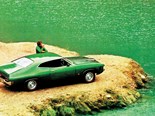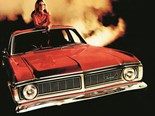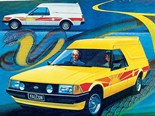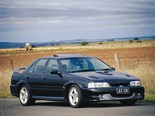Ford Falcon History EA, EB, ED, EF, EL Series, 1988-1998

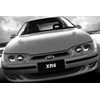
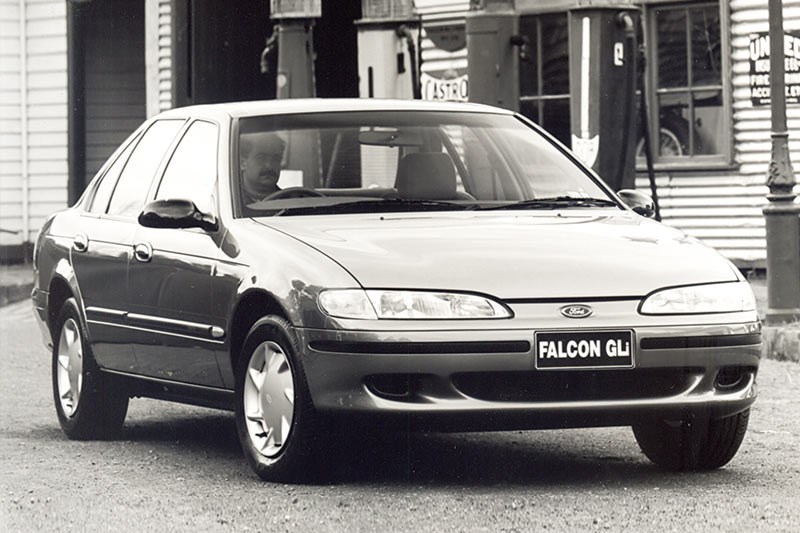

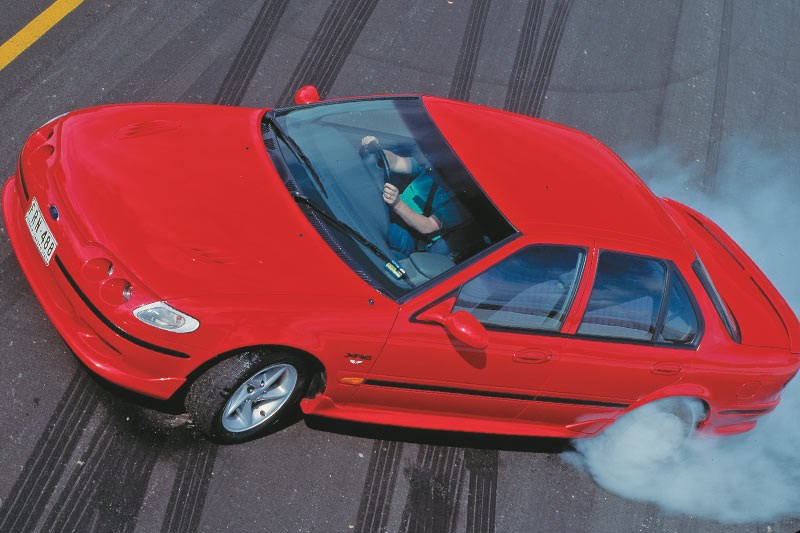

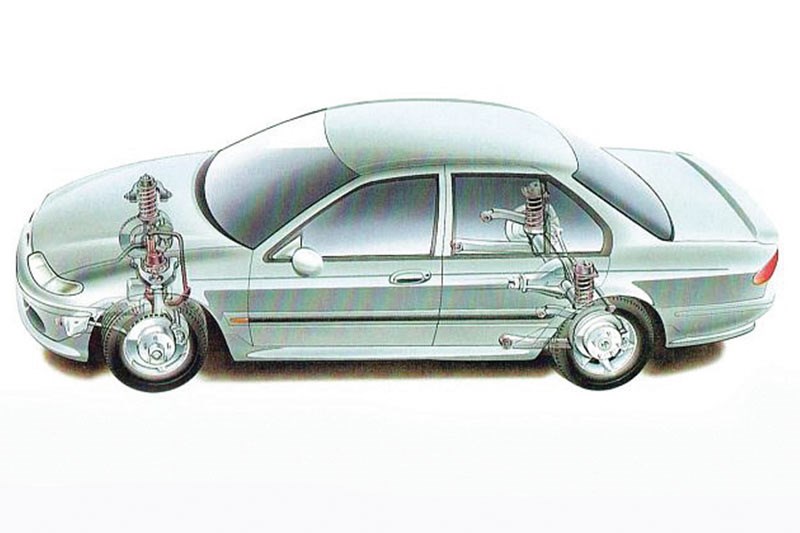

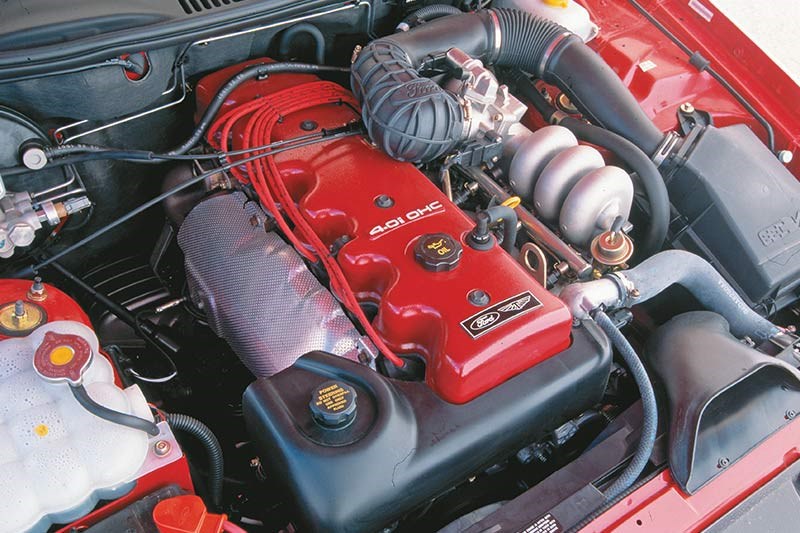

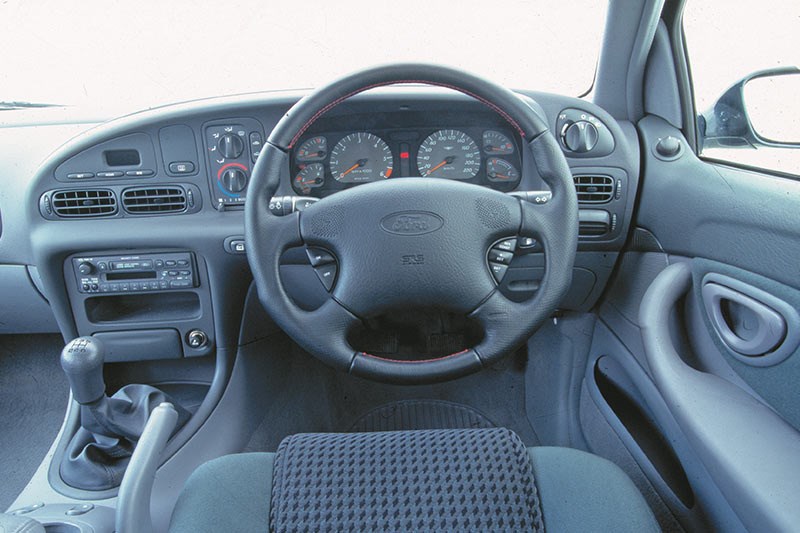


|

|

|

|

|

|
Here's part 5 of our Falcon history - EA through to EL series. Historian, motoring author and avowed car tragic Dr John Wright unwraps the history of the Falcon, while workshop guru and ace road-tester Dave Morley give us a drive impression.
The EA was to 1988 what the XD had been to 1979: the body beautiful promising more than it delivered. There was also the slow-leak campaign with international Ford spokesman Jackie Stewart as champion.
Buyers had to wait until late 1989 to get a four-speed automatic. There was no independent rear suspension. Single overhead camshaft versions of the old pushrod engines were a highlight – smoother but still faintly agricultural. Rack and pinion steering gave much improved road feel and a dramatic reduction in the turning circle. Early on there was an entry level 3.2-litre engine but the throttle-body injection 3.9 was soon standard. Specify the optional Multi-Point injection engine in a Falcon S with five-speed manual transmission and you had a better car than a VN Commodore but lesser Falcons were outdone by four-speed automatic Commodores with more urge and better economy.
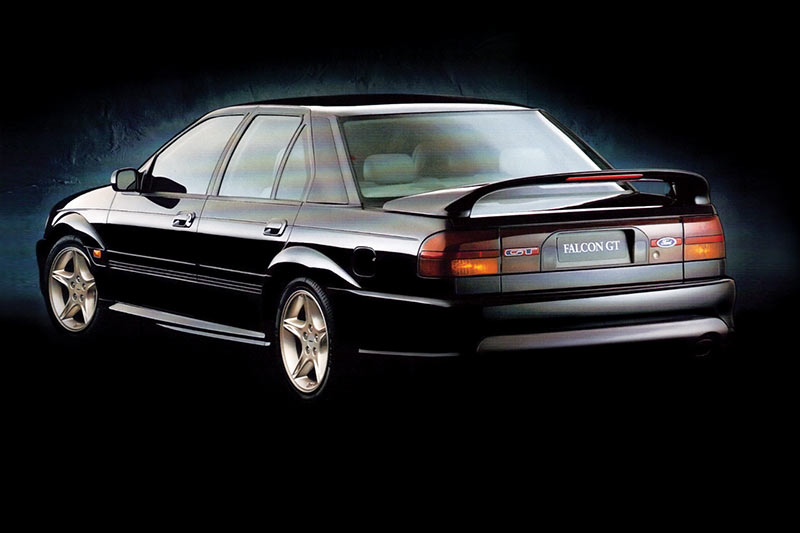
The EA was deemed by Ford Oz so glamorous than no real change was needed for EB (which got the Blue Oval badge in the grille instead of on the leading edge of the bonnet); the return of the V8 engine was the biggest news. Specifications were upgraded across the range. Under Jac Nasser’s presidency, the Falcon was the recipient of steady upgrades.
An EB Evolution model added ABS brakes, seat-belt lockers, improved security and superior NVH. It was safer with much attention paid to rollover protection. The engine was enlarged to 4.0-litres and delivered 148kW. This was a high point of the fifth generation Falcons.
The Tickford-developed S-XR6 and the 25th Anniversary Falcon GT were introduced in the second half of 1992. The ED appeared in August 1993 with numerous upgrades and improved side impact protection.

Twelve months later the EF constituted the biggest facelift seen to date on any Falcon. Doors aside, all panels were new. Fairmonts got completely different frontal treatments. XRs, too, got a unique front, meaning three different images in rear-vision mirrors – mainstream, luxury and sports. The 4.0-litre engine got more power at 157kW. The XR6 was tweaked to 164. But the EF suffered from committee design. Suspension changes intended to enhance NVH caused excessive rear roll steer.
The EL essentially fixed the EF’s handling woes and added a radiator grille in response to buyers’ dislike of the faceless EF. In October 1997 the XR8 got a lift in power from 170kW to 185. The 30th Anniversary Falcon GT, styled by Steve Park, polarised opinion but offered the best Falcon drive to date with its elaborately developed Tickford suspension and wheel/tyre package, in which John Bowe had major input.
John Wright

DRIVING THEM...
THE FACT that there were so many facelifts of the basic EA platform, combined with the knowledge that it ran for a full decade, should tell you plenty about this generation of Falcons. As in, they were pretty handy things in an overall sense. Early EA’s weren’t much cop to drive, though, but that was down to the way they were hurried on to the market. The ride-height was wrong, the threespeed auto a dawg and the assembly gave a sensation of flimsiness.
But from the EA Series 2 on, things improved. The four-speed auto arrived, the build quality improved, safety took several steps up and the new SOHC engine became a four-litre unit. Hell, the EB even saw the return of the V8 option. The Falcon was back in town.

The dynamic highlight of these things was the front end. The steering was light without being vague and once the rear suspension was tamed via a lower roll-centre, the Falcon was a sharp thing to punt. The five-speed manual option was clunky and stilted, but hardly anybody bothered anyway. The overhead cam six grew some real agates and suddenly made a lot of people wonder if they needed the V8. And that WAS new for a Falcon. By the end of things and the EL, the Falcon was a composed, well-built car that, even in pretty basic form, could hold its own as a decent driving machine. The cream of the crop was either an XR6 or an XR8 which looked the business and drove like a proper performance sedan. And you know what, you drive one today and, if it’s in nice nick, it’ll still feel quite modern and definitely lighter and more responsive through the helm than anything post-AU. If you’ve always disregarded this decade of Falcons, you’ve been making a mistake.
Dave Morley
Unique Cars magazine Value Guides
Sell your car for free right here
Get your monthly fix of news, reviews and stories on the greatest cars and minds in the automotive world.
Subscribe

.jpg)









